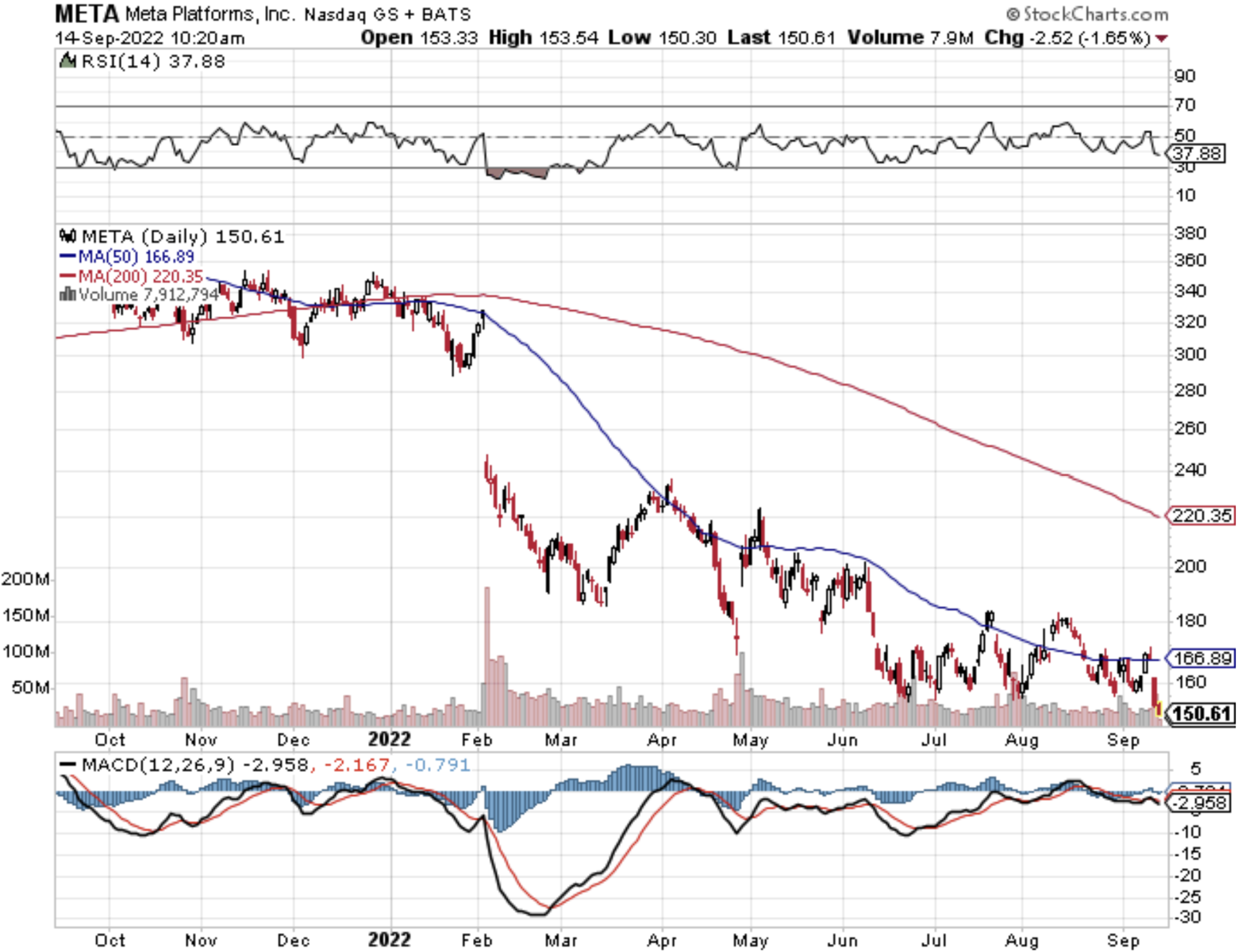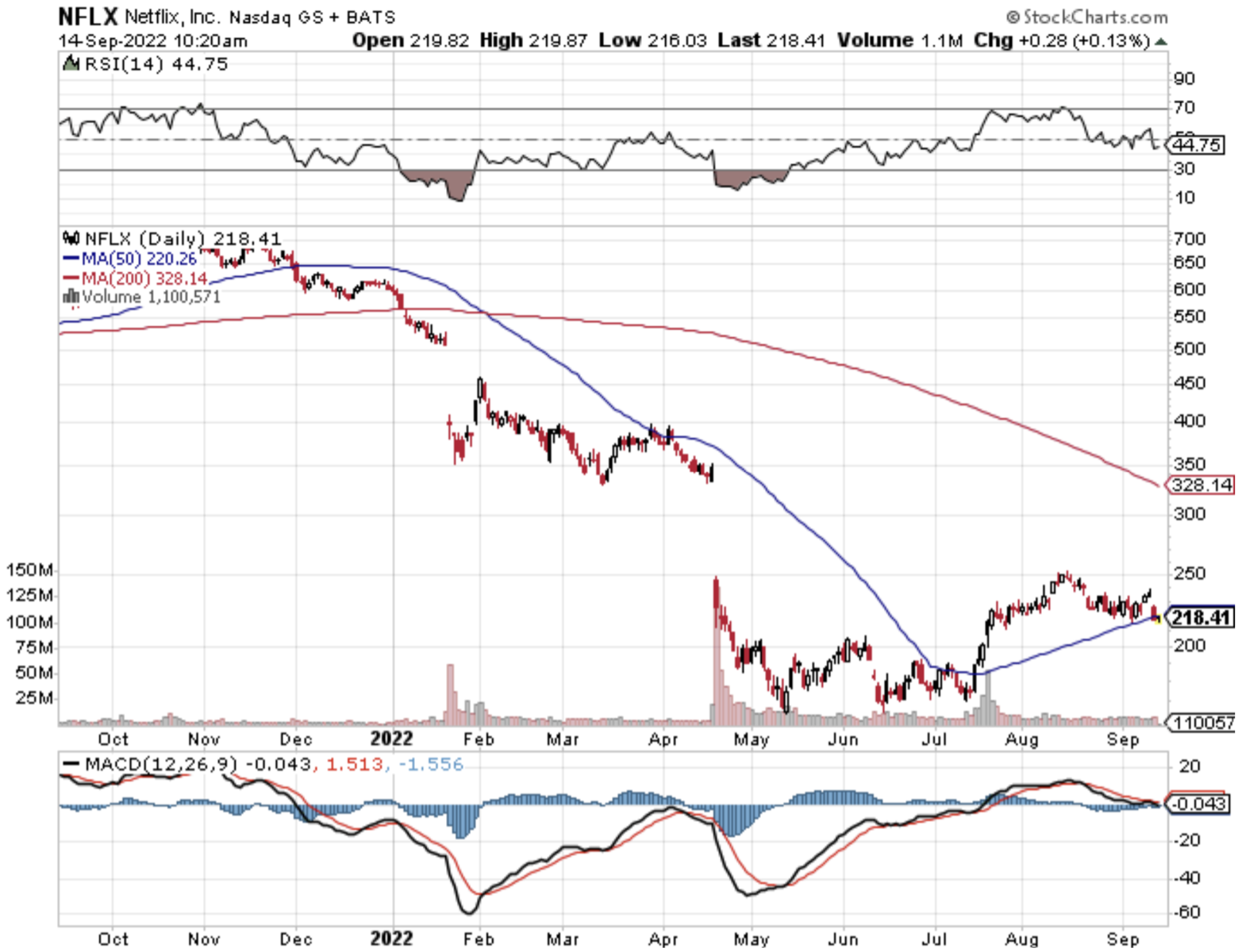As the tech job cuts go from bad to terrible, how does this shake out the tech sector?
Just this morning, Twilio (TWLO) announced a major purge sacking 11% of its workforce to focus on reducing operating costs and improving margins.
Is this the end of it for the mighty tech machine?
Hardly so.
Tech companies will get more lean, efficient, and cutthroat which many might argue they should have been like that in the first place.
It’s somewhat true that tech business models got somewhat bloated in the era of euphoria.
Some unnamed big tech companies almost became like adult daycare centers.
Like overshooting in terms of revenue, development, and achievements to the upside in tech, and I acknowledge there was a lot to celebrate, I believe that the same works in reverse.
Staff at tech companies will be disposed of ruthlessly, and tech companies will most likely overcut jobs as a way to get their points across and show shareholders that they will flesh out costs during tough times.
Tough times in the big tech world mean less than growth margins, but they are still doing better than any small business who are outright going bankrupt.
Tech companies are in an advantageous position because the technology they harness can be used to scale up using software.
Less staff that manufactures higher productivity is an executive’s dream.
This time around, I firmly believe that automation will start to reach further up the employment chain because automation gets better with each iteration.
Humans also complain, get sick, need bathroom and coffee breaks, ask for promotions and raises when software code doesn’t.
We aren’t to the point of one CEO and the rest bots and software, but that’s the direction we are headed.
The silver lining for many of these fired tech workers is that the labor market is on fire. Although the unemployment rate ticked up to 3.7% last month, it’s still hovering at a 50-year low. The data is there – there are about two job openings for every unemployed person.
More than 50,000 tech workers have been laid off since the beginning of this year.
These fired tech workers will be able to find new jobs rapidly and in many cases with a juicy promotion, higher wage, and better benefits like 100% remote work opportunities, because there is still a huge shortage of qualified workers. Skills are fungible too.
Many will be able to pivot into the financial world and find jobs on Wall Street, who for the past generation have been losing talent to tech.
As interest rates rise, banks become winners.
Lastly, the pedestrian interest rate rises executed by the US Central Bank means that the job market will stay a lot hotter than first expected.
Even if they do get to 4% in the Fed Funds rate by the end of 2023, 4% is still historically low and companies will still be hiring albeit with a more measured approach and lower wages.
The slow pace of rises hurt tech because it allows the fired workers more time and better opportunities to get entrenched in a new sector while job offers are still plentiful.
The net result is the opposite of what the Fed wants which is more inflation as fired tech workers rotate into better-paying jobs spending even more money on goods and services.
This feeds into the higher inflation problem.
In short, this is a death-by-a-hundred-cuts sort of reaction for tech stocks. Tech stocks won’t explode to the upside until the workers can’t just re-up to a cushy healthcare job or Wall Street job like now.
Short every rally in wounded tech stocks like Facebook (META) and Netflix (NFLX).




